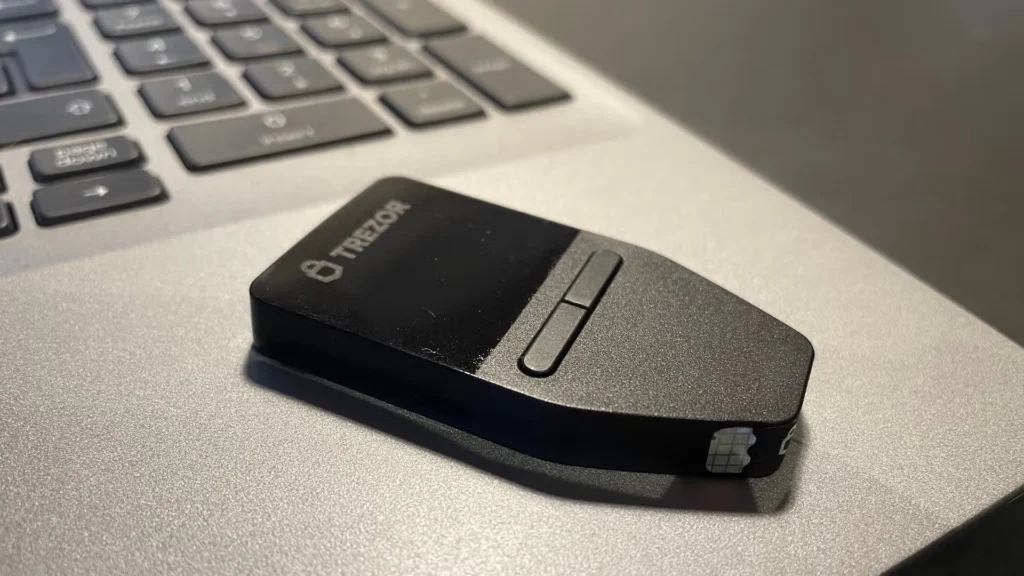USDT storage safety: Tether (USDT) may be pegged to the dollar, but that doesn’t mean it’s immune to theft or loss. Whether you’re a casual user or a serious investor, choosing the right storage method is essential. Here’s how the five most common USDT storage options stack up—by security level, convenience, and practicality.
1. Hot Wallets (MetaMask, Trust Wallet, Exchanges)


Best for: Daily transactions and active users
Security level: Low
Convenience: Very high
Pros:
- Fast and easy access
- User-friendly interfaces
- Good for trading and small balances
Cons:
- Always online and thus vulnerable to attacks
- Susceptible to phishing, malware, and unauthorized access
- Not suitable for storing large holdings
Tip: Use two-factor authentication, strong passwords, and avoid suspicious links.
2. Cold Wallets (Ledger, Trezor)


Best for: Long-term holders and serious investors
Security level: Very high
Convenience: Moderate
Pros:
- Private keys stored offline
- Immune to most online threats
- Widely trusted for large holdings
Cons:
- Higher upfront cost
- Loss of recovery phrase means permanent loss
- Less convenient for quick access
Tip: Store your recovery phrase securely on paper and in a safe location.
3. USDT storage safety: Mobile Wallets with Security Measures
Best for: Moderate users needing portability
Security level: Moderate
Convenience: High
Pros:
- Easy to use and access
- Portable and practical
- Some offer added security features like biometrics
Cons:
- Device-dependent
- Can be compromised if the phone is lost or hacked
Tip: Enable device encryption, set up biometric locks, and backup data securely.
4. USDT storage safety: Diversified Wallet Strategy (Cold + Hot + Mobile)

Best for: Users who value both security and flexibility
Security level: High
Convenience: High
Pros:
- Risk is spread across platforms
- Secure long-term storage with accessible short-term funds
- Tailored for individual needs
Cons:
- Slightly more complex setup and management
- Requires regular attention to wallet balances and security
Tip: Keep only what you need in hot wallets; reserve most of your USDT for cold or multi-sig storage.
5. Multi-Signature Wallets (Gnosis Safe, Casa)
Best for: High-value holders and teams
Security level: Very high
Convenience: Moderate
Pros:
- Multiple signatures required for transactions
- Strong protection against unauthorized access
- Ideal for shared or business accounts
Cons:
- Requires a technical setup or third-party platform
- Less intuitive for beginners
Tip: Use in combination with cold wallets for maximum protection.
Conclusion: Choose the Storage Method That Matches Your Risk Tolerance

The most secure USDT storage method depends on how much you’re holding, how often you transact, and how tech-savvy you are. While hot wallets offer speed and convenience, cold and multi-signature wallets offer unparalleled protection. In most cases, a hybrid approach gives the best of both worlds—convenience and control.
Relevant News: HERE











